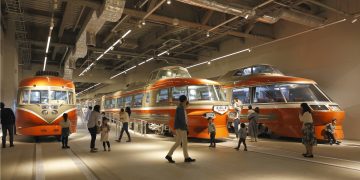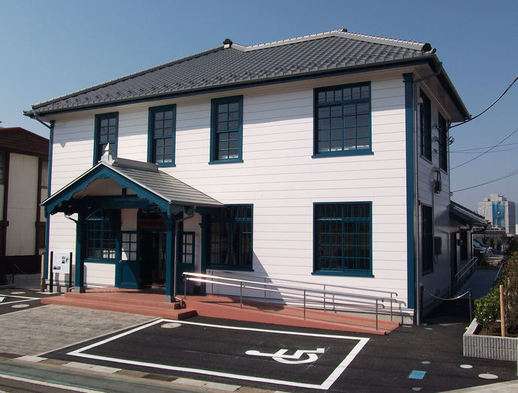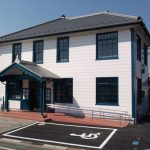
This building was completed in 1918 as the Ebina Village Hall. It was a cutting-edge piece of modern architecture, incorporating an architectural style known as the county office style. Ebina City then renovated a portion of the building and opened it in October 1982 as the Ebina City Local History Museum, "Ebina City Onkokan." It has contributed to the development and improvement of local culture by collecting, storing, and exhibiting documents, records, folklore, archaeology, and other materials related to local history. Onkokan opened in 1921 as a "relic exhibition hall" to coincide with the designation of the Sagami Kokubunji Temple ruins as a historic site. When the Local History Museum opened in 1982, it took over the name and materials.
The first floor displays historical materials (stone tools, earthenware, Kokubunji roofing tiles, etc.), while the second floor, with the theme of "clothing, food, and shelter," displays materials that give insight into the lives of ordinary people, such as household and agricultural tools from the Meiji, Taisho, and Showa periods.


